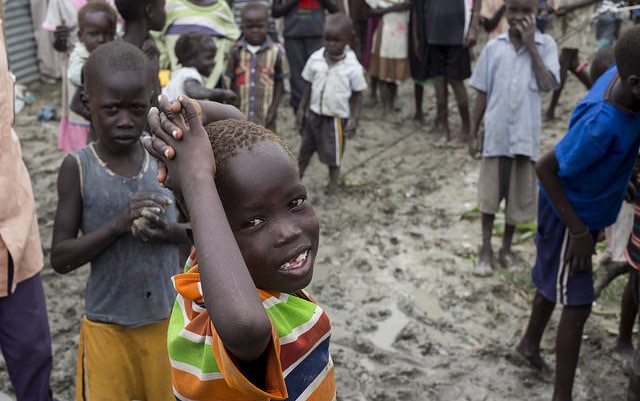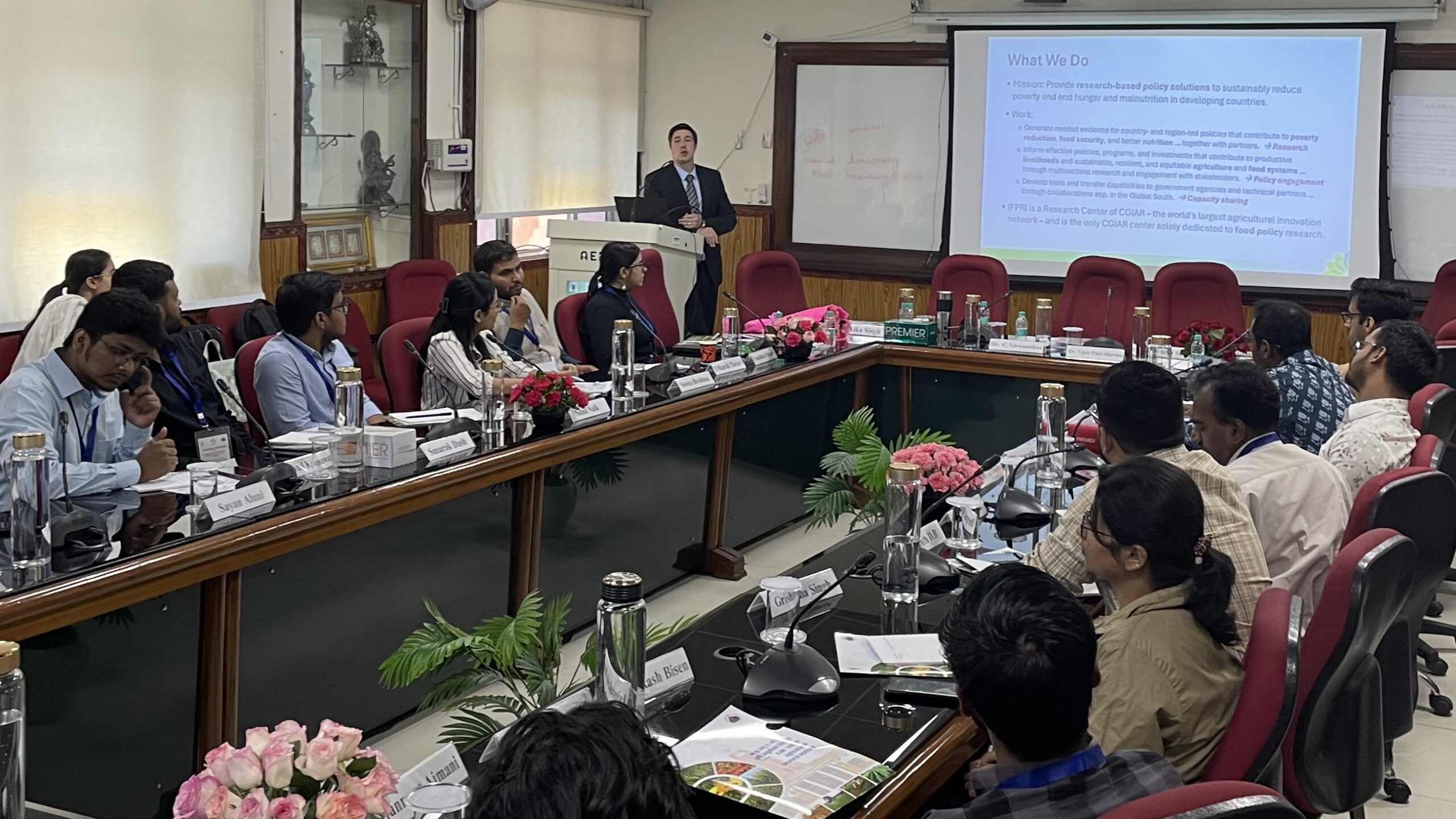The world’s humanitarian assistance and spending needs have more than doubled over the past decade, growing by around 127 percent. Around 40 percent of that went to the food and agriculture sectors. Those needs have intensifed over the past few years, as conflict and climate shocks have combined to increase the number of people worldwide who require humanitarian aid to fulfill basic daily food needs. In 2018, an estimated 113 million people across 53 countries experienced levels of acute hunger that required urgent humanitarian assistance, according to the 2019 Global Report on Food Crises, released April 2. While this number is down from the 2017 figure of 124 million people, it remains unacceptably high.
The report is prepared by 15 leading global and regional organizations and released annually by the Food Security Information Network (FSIN), led by the UN Food and Agriculture Organization (FAO), the World Food Programme (WFP) and IFPRI. The report provides the latest estimates of severe hunger worldwide and at the country level, as well as analysis of the key drivers behind current hunger trends, to help humanitarian aid organizations and development organizations better coordinate to address the root causes of food crises. The data come mainly from the Integrated Food Security Phase Classification (IPC) or the Cadre Harmonisé (CH)1. The report monitors food insecurity in 53 countries vulnerable to food crises and provides in-depth analysis of causes of severe food insecurity for 27 countries.
As in the previous year, in 2018 the main drivers of acute hunger and food crises were persistent conflict and adverse weather events. Eight countries—Yemen, the Democratic Republic of the Congo, Afghanistan, Ethiopia, Syria, Sudan, South Sudan and northern Nigeria—accounted for two-thirds of the total number of people facing acute food insecurity. An additional 10.2 million people were pushed into acute food insecurity as the result of economic shocks; they were located primarily in Burundi, Sudan, and Zimbabwe. While not part of the IPC assessment, the report also notes the worrisome rise in severe food insecurity in Venezuela resulting from the country’s economic collapse and hyperinflation.
The report attributes the slight drop in the total number of acutely hungry people to lower impact of global climate-related shocks in 2018 than in 2017, when the El Niño phenomenon impacted temperatures and precipitation across many regions of the world. Nevertheless, climate change-driven weather events remain a significant threat. Twenty-nine million people, the majority in Africa, were pushed into acute food insecurity in 2018 as a result of climate and natural disasters. These threats are particularly strong for populations already facing food insecurity. An additional 143 million people experienced stressed food security conditions (IPC Phase 2) in 2018, the report says; if faced with a shock such as a period of drought or flooding, these populations would easily slip into IPC Phase 3 food insecurity or above and require humanitarian aid.
Conflict played a clearer role in acute food insecurity in 2018. Approximately 74 million people facing acute hunger were located in 21 countries and territories affected by conflict or civil unrest. The highest number of these people—around 33 million—lived in 10 countries in Africa, while over 27 million lived in seven countries in Western Asia and the Middle East, and 13 million lived in three countries in South and Southeast Asia. A little over 1 million lived in Eastern Europe. Conflict and insecurity continued to cause mass displacement in 2018 as well. As of June, there were over 70 million forcibly displaced people worldwide—an increase of more than 5 million since the beginning of the year. Most are displaced within their own countries, and more than eight in 10 displaced people are in developing countries.
The report found high levels of acute and chronic child malnutrition in areas struck by food crises. Disruptions to food production and distribution systems and weakened purchasing power caused conflict or weather shocks can reduce the amount and types of food available and accessible to local populations. As a result, in the majority of countries covered by the report, relatively few children were found to consume a minimum acceptable diet; in some places, fewer than 10 percent of children ages 6-23 months received an adequate diet.
The report also provides a short-term forecast of food insecurity in 2019. Analysts expect Yemen, the Democratic Republic of the Congo, Afghanistan, Ethiopia, Syria, Sudan, South Sudan and northern Nigeria to remain among the world’s most severe food crises, with large segments of the populations at risk of falling into Emergency (IPC/CH Phase 4) levels of acute food insecurity. Several regions, including parts of Southern Africa, Latin America and the Caribbean (including Central America), will likely be severely impacted by climate shocks that will reduce agricultural production and increase food prices. Forced migration and growing refugee populations are also expected to continue to place a strain on host countries, particularly in Bangladesh, Syria, and Venezuela.
The report calls for increased collaboration to end conflicts, empower women, feed and educate children, improve rural infrastructure, and reinforce social safety nets in order to address the root causes of food crises caused by man-made shocks such as conflict and civil unrest. In addition, investments in agricultural development and social safety nets will also help create a buffer against climate- and weather-driven disasters. To meet these needs effectively, improved data collection, analysis, and sharing is necessary. This will help governments, development organizations, and aid agencies not just respond to ongoing food crises but also identify drivers of potential future crises, allowing for a more targeted, proactive stance.
Sara Gustafson is a freelance writer.
1. For countries in which IPC/CH classifications are not available, the report pulls from other reliable sources, including FEWS Net, FAO Global Information and Early Warning System (GIEWS), and the World Food Programme’s CARI methodology. The IPC/CH scale classifies acute food insecurity into five phases (None/Minimal, Stressed, Crisis, Emergency, and Humanitarian Catastrophe/Famine) for two time periods (the time of the analysis and a future projection to provide early warning for proactive decision-making).







